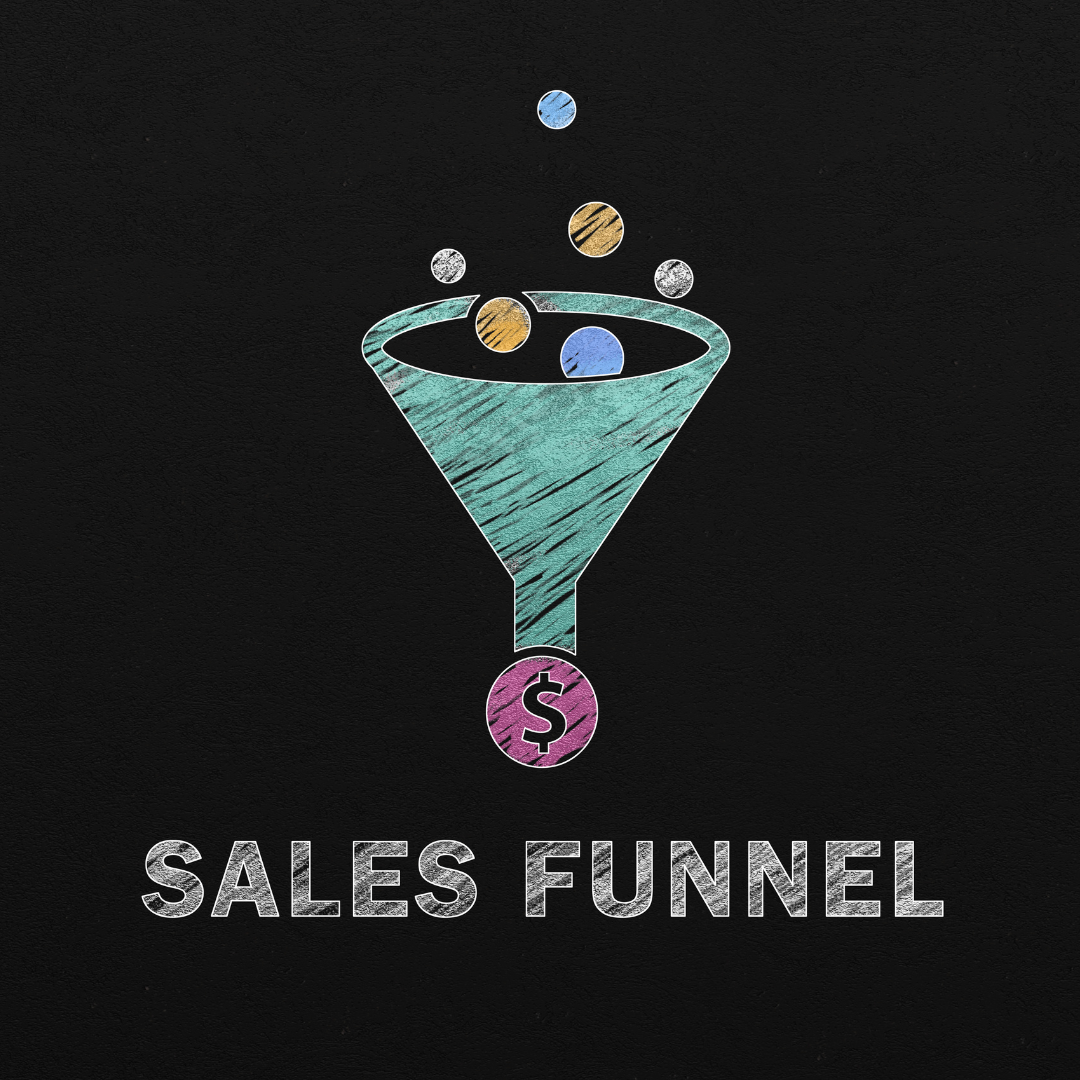
In order for your product or service to be successful, your team needs a sales funnel that will convert the large number of people who don’t purchase to the small number who do. We will show you how to do this using an easy but practical approach.
What is a Sales Funnel?
A sales funnel is a process designed to move prospects through phases of decision-making and lead them from being measured on interest to qualifying as leads and then transforming into customers.
The Importance of Sales Funnels
Sales funnels are important because they help businesses to convert prospects into customers, as previously mentioned. A well-designed sales funnel that makes use of marketing data enrichment techniques can guide a prospect through the various stages of the sales process, from awareness to decision. By providing valuable information and offering incentives at each stage, a sales funnel can dramatically increase the likelihood of converting a prospect into a paying customer.
What Makes a Good, Powerful Sales Funnel?
Before we dive into the actual process of creating an effective sales funnel, let’s understand the features that are common among proven sales funnels.
An effective sales funnel has these characteristics:
It contains a compelling offer.
Your offer needs to be something that your target market actually wants or needs. If it’s not, they’ll simply move on to the next thing.
It is simple.
Don’t try to make your sales funnel too complicated. The goal is to get people from point A (the top of the funnel) to point B (the bottom of the funnel) as quickly and easily as possible.
It’s a click magnet (but not clickbait). It drives traffic to your landing page.
Your landing page is where the action happens, so you need to make sure your target customers are actually getting there and not clicking away to a different page or site.
It contains a persuasive call-to-action.
What do you want your landing page visitors to do? What’s the simple step they need to take so they can get hold of your fantastic offer? Let them know through a clear, definitive calls-to-action.
Easy Steps for Creating an Effective Sales Funnel
Once you have those key components figured out, put them together through the following steps to get your business on track and start seeing real results.
Identify your ideal customer.
In other words, define your target audience. Who are you trying to reach? What needs do they have that your product or service can help with?
Start with the end in mind.
When creating a sales funnel, it’s important to start with the end goal in mind. What do you want your customers to do? Make a purchase? Sign up for your mailing list? Whatever it is, make sure that every step of the funnel is leading towards that goal.
Map out each step of the sale.
Once you know what your goal is, it’s time to map out your customers’ journey. What will happen at each stage? What do you need to do to move the customer from one stage to the next?
Or, if you want to put yourself in your customer’s shoes, then these are the questions to ask:
What steps do they need to take in order to buy from you? What are the pain points and decision-making moments along the way?
Create content for your funnel.
Next, create content that speaks to your target audience at each stage of their journey. This could be blog posts, landing pages, eBooks, or even just informative emails. In order to create relevant content for your customers, you might find it helpful to use the customer data from your hospitality crm software (or a CRM that is similar to your industry type).
Make the funnel actionable through CTAs.
Use calls-to-action (CTAs) to guide your prospects through the funnel. Make it clear what you want them to do next and make it easy for them to take that action.
Track, measure, and optimize your funnel.
Once you have your sales funnel set up, it’s important to test it out. See how your customers react at each stage of the funnel. See which parts are working well and which could use some improvement. Make changes as needed until you come up with a funnel that works best for your business. This all might sound like a lot to keep track of, but there are software companies that exist just to address such issues. Every business these days uses an optimizing solutions agency that provides them with the right system to boost their sales. Bookies, for example, have started using a payperhead software that is said to increase their profits by increasing action time and optimizing the accounting process. Similarly, all kinds of businesses can optimize their sales funnel regularly to ensure steady growth.
As part of a sales funnel, a proper arrangement for these interactions (especially via telephone) is key to acquiring new customers as well as retaining them. It is possible to simplify and improve the efficiency of telephonic conversations and transactions by using sip trunking, for example. A sales funnel is simply a way of organizing your sales process in a way that allows you to easily track your customers and prospects. By mapping out each step of the sale, you can more easily see where people are dropping off and make changes accordingly.
Furthermore, creating a sales funnel doesn’t have to be complicated or time-consuming. By following the tips we have provided, you can create a simple and effective sales funnel that will help you get more leads, conversions, and sales.


